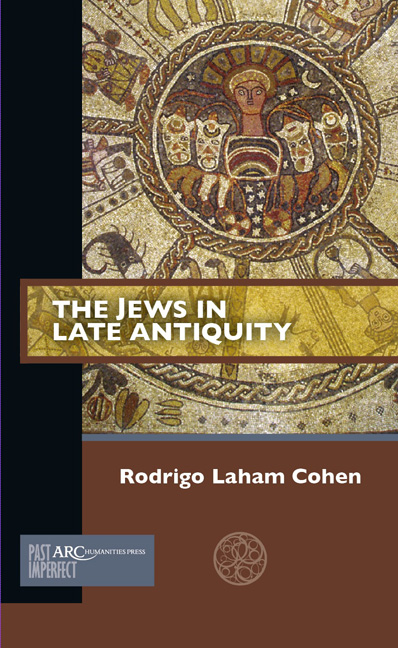Chapter 8 - Babylonia
Published online by Cambridge University Press: 28 January 2021
Summary
In b Kiddushin 69b, a Palestinian rabbi stated that Jewish Babylonian genealogy, thanks to a decision of Ezra, was purer than the Palestinian one. This declaration reflects the conviction of Babylonian rabbis (by means of the Bavli) about the shift of the rabbinical centre from the Land of Israel to Mesopotamia, a territory under control of the Sassanid Empire and called Babylonia by the Jews.
Even though the Bavli is also a commentary on the Mishnah, it differs from the Yerushalmi in various aspects. First of all, it was finished later, between the sixth and seventh centuries. This question is not as uncomplicated as it may seem because, as we have seen, there are numerous disagreements about the final redaction of the text. It is presented as a compilation of rabbinical interpretations from the second century BCE up to the fifth century CE. There are also anonymous statements, the dating of which is still debated. On the other hand, the Bavli has a different style to the Yerushalmi. It is less centred on legal issues and it dedicates more space to stories. Moreover, in contrast to the Yerushalmi, only Berakhot, out of the eleven agricultural mishnaic tractates, was commented on in the Bavli.
Before tackling rabbinic literature, we will first discuss archaeological remains. Unfortunately, no important Jewish ruins were found in Babylonia. No synagogue or academy has been discovered in the most important rabbinical land. No Jewish cemeteries or graves have been uncovered in the region. Only two types of artifacts have been found: seals and magic bowls.
Let's begin with seals. They were used in the Sassanid Empire by kings, magi (Zoroastrian priests), officers, merchants, and the wealthy in general. They were small pieces, with a name and an emblem. Less than fifty Sassanid Jewish seals have been identified. Indeed, identification of Jewish seals is not straightforward, as most of the motifs used by Jews were also used by Zoroastrians and Christians. Additionally, all the seals we have were obtained on the black market and as a result, there can be no certitude about the sites of provenance. Only the seals that contain Hebrew, Aramaic, or specific Jewish iconography have been decisively identified as Jewish.
- Type
- Chapter
- Information
- The Jews in Late Antiquity , pp. 75 - 86Publisher: Amsterdam University PressPrint publication year: 2018



